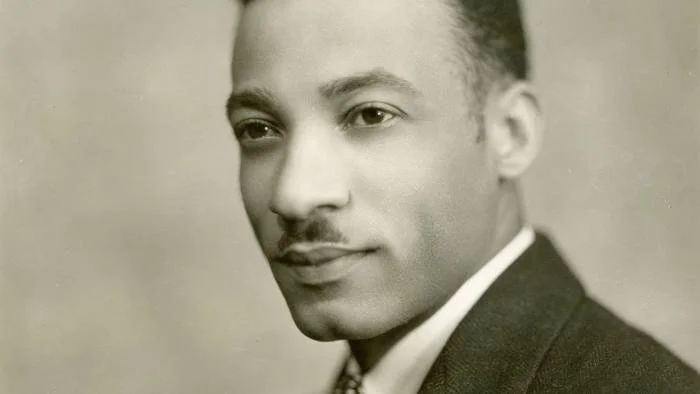The final movement acts as a kind of crescendo in rhythm. It starts calmly with a spiritual-inspired melody with few rhythmic surprises, but the rhythmic content becomes more and more complex. Beginning around 3:28 seconds, we can hear how Dawson uses rhythm to help create the narrative. At 3:28, the music almost sounds schizophrenic, owing to Dawson’s rhythms within individual instruments, within groups of instruments, and how these interact with each other. Then, abruptly at 4:16, he opens up the music into a much more familiar, European rhythmic tapestry. Soon after however, at 4:34, he incorporates accents in the strings that harken back to the accents used in West African music, and what follows is the most rhythmically complex section yet.










